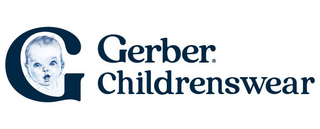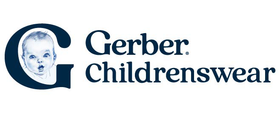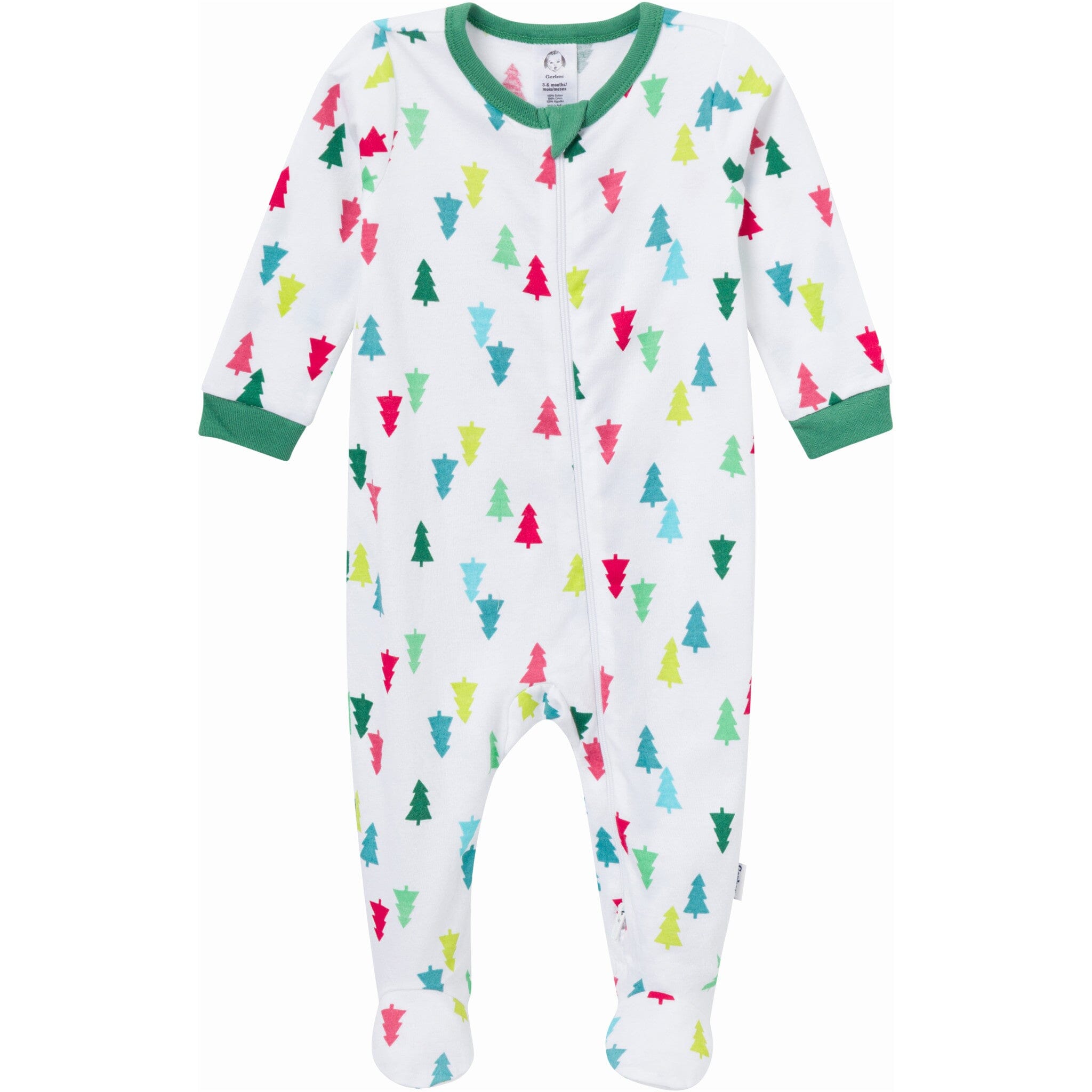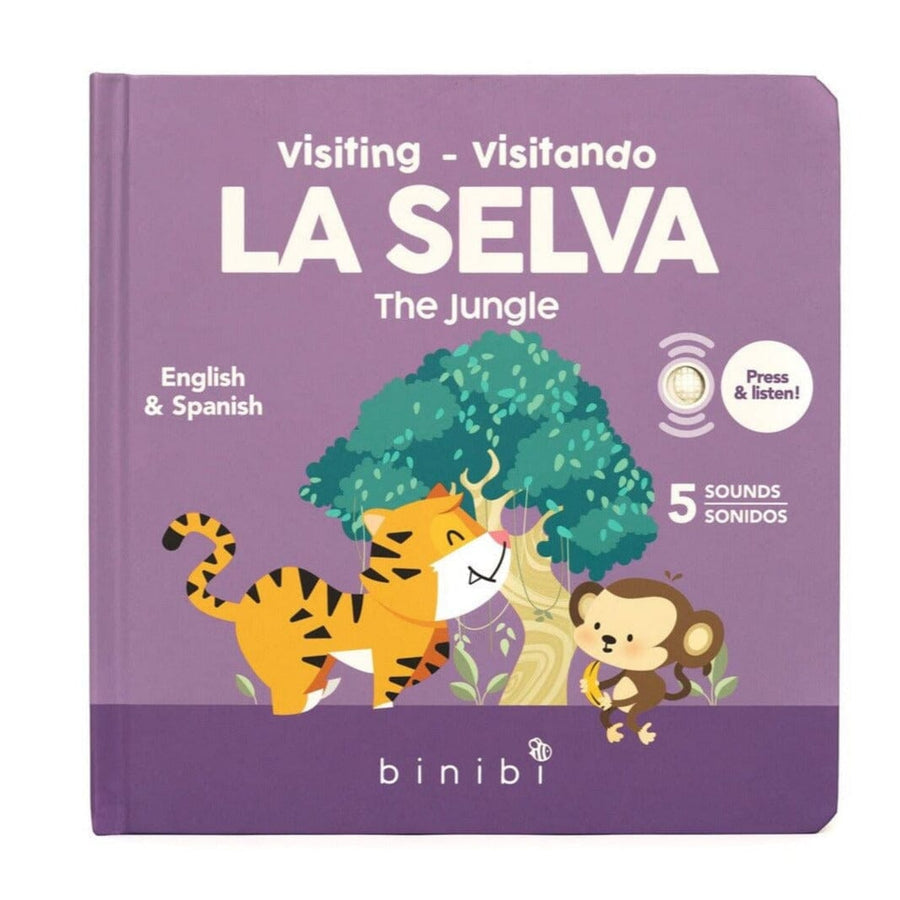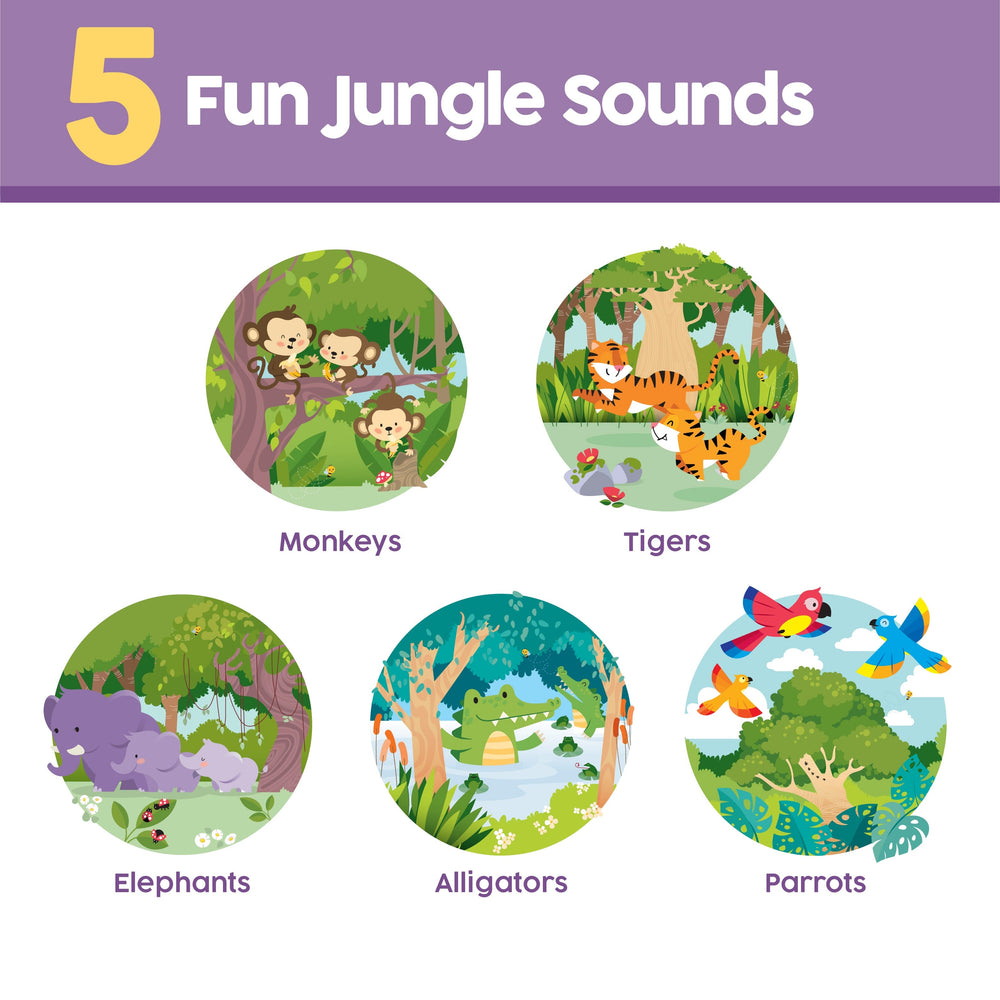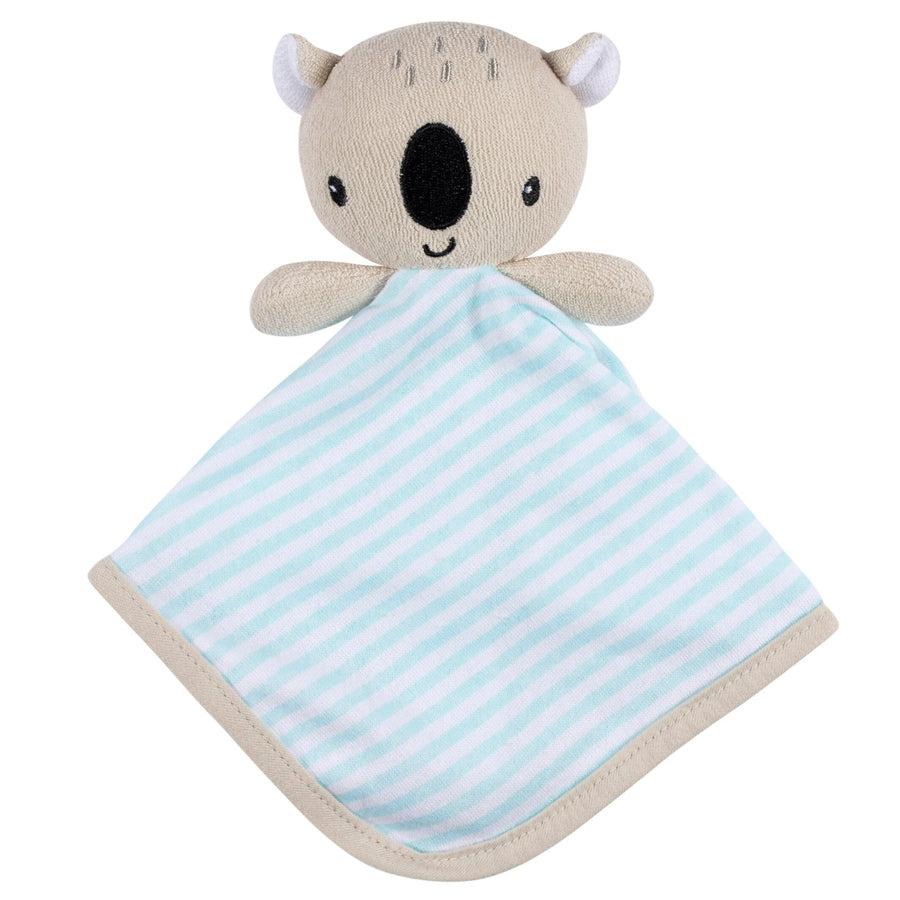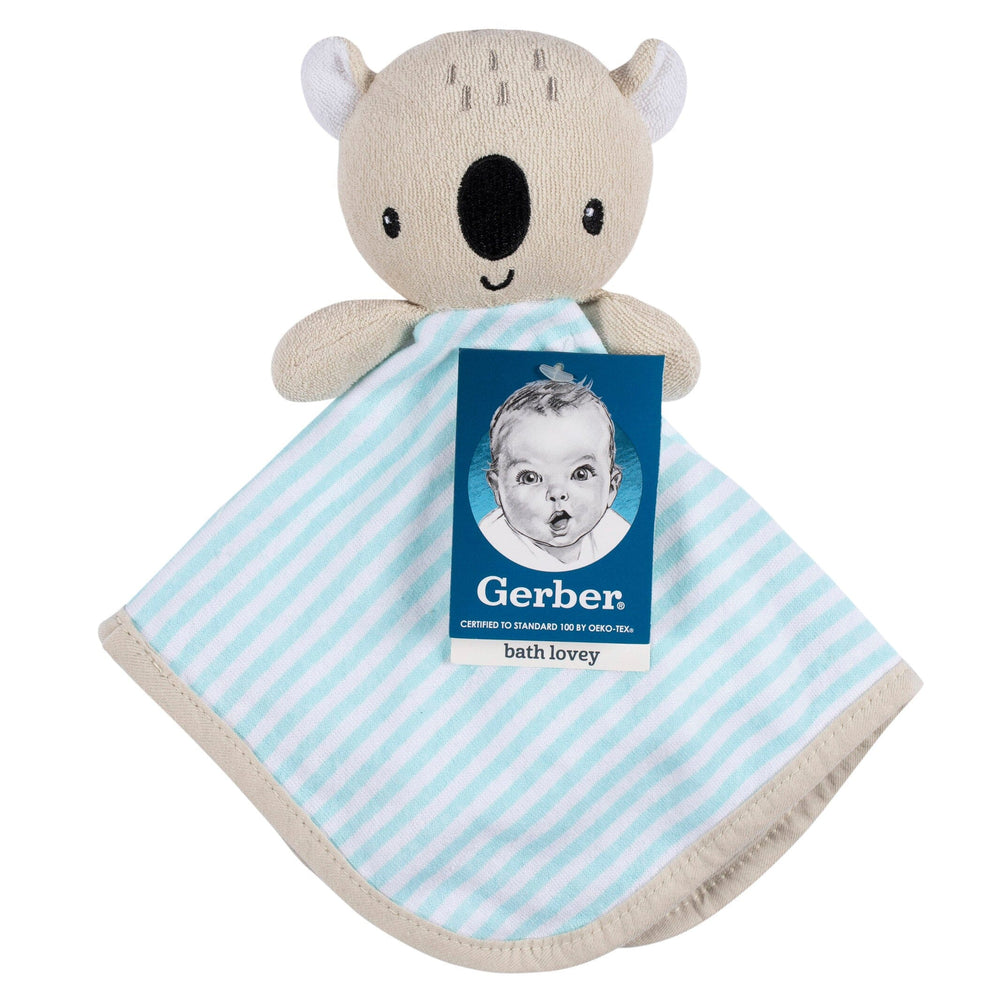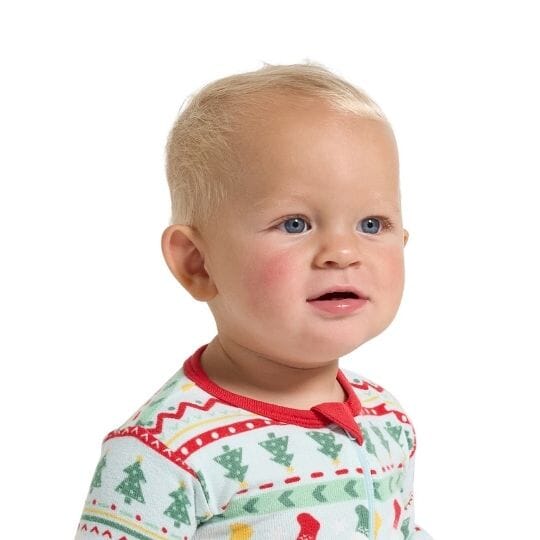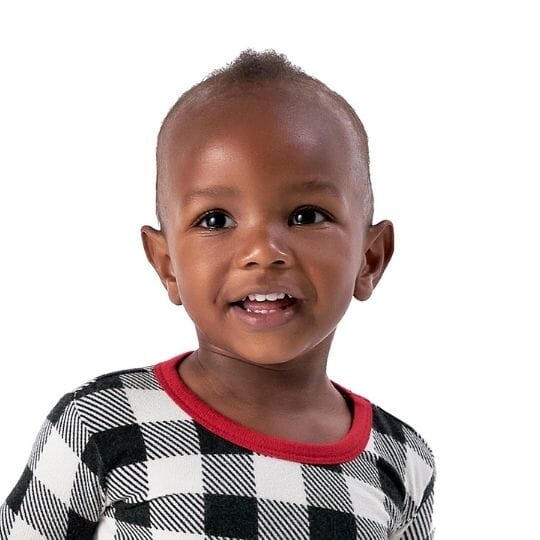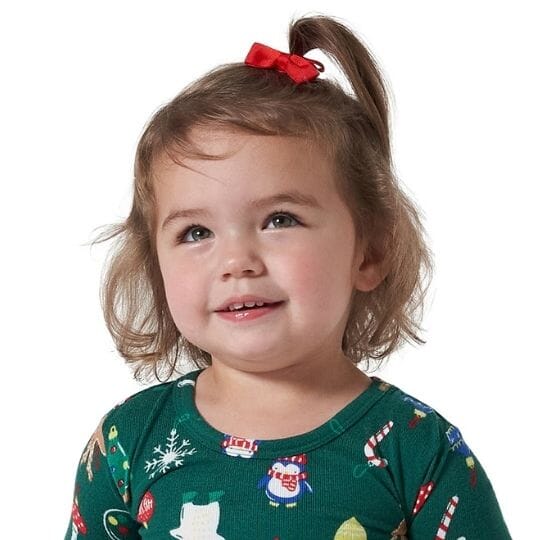Important Stages in Your Child’s Language Development
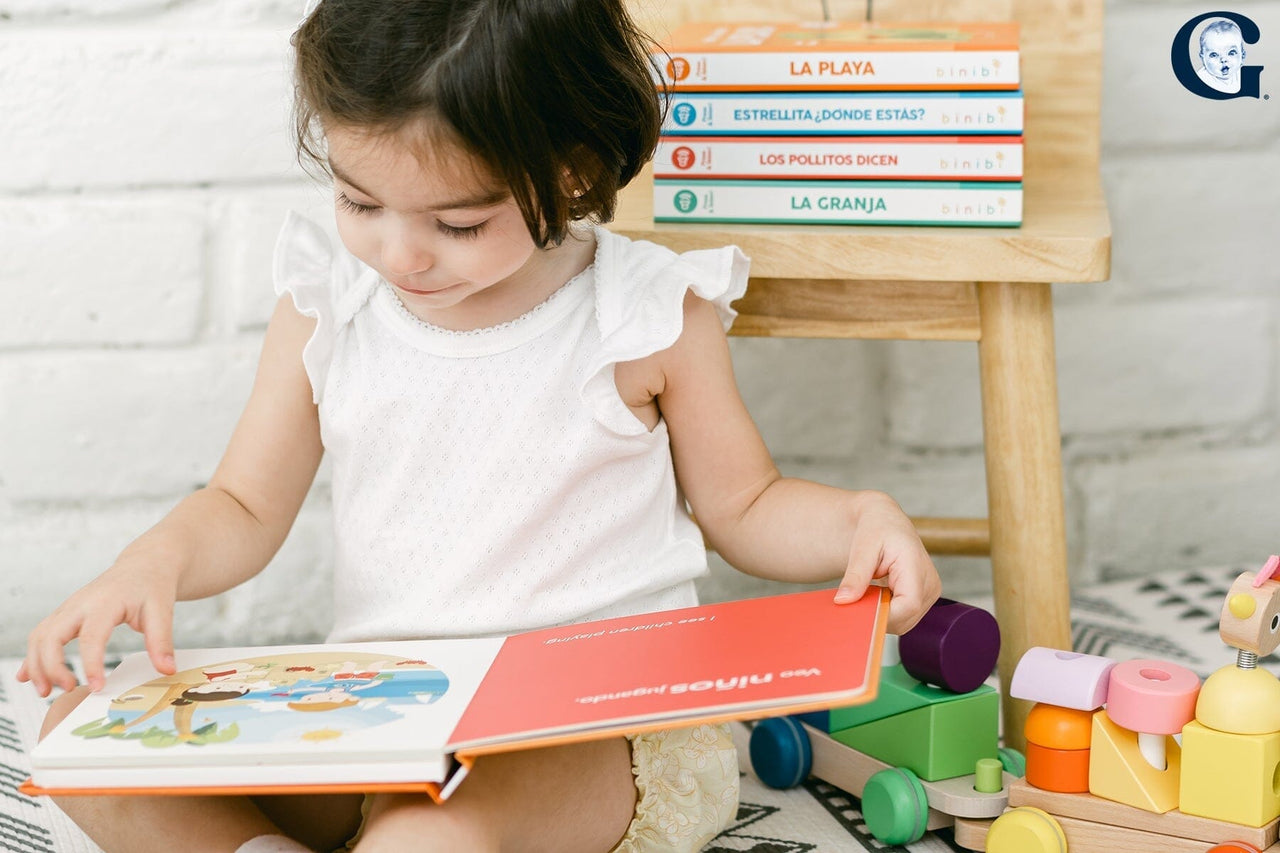
Kids start developing language from the moment they are born as their ability to learn quickly and mimic sounds is heightened during these first years of life as they hone their different language and comprehension skills.
Whether you are teaching a child a single language or are working on raising a multilingual child, it is important to understand what these different stages are and how your child goes through the process of learning a new language. Here are the basics of the main stages of language development.

Shop Binibi Bilingual Sound Books here.
Pre-Linguistic Stage
The pre-linguistic stage, as the name suggests, occurs far before your child can actually talk—and is the very center of a child’s language acquisition. This stage starts at your child’s birth and lasts until about seven months. After childbirth, a baby’s vocal tract will develop and reshape itself, this means during the first months of life, your child will really only be able to cry, but will quickly start to be able to perform other sounds, “coos”, moans and snorts.
Eventually, by the time they reach the seven-month mark, they can typically participate in “vocal play” and start to make more noises and murmurs. It may not seem like your child is getting all that close to communicating—but this stage is an essential foundation to their future learning skills.
Babbling Stage
This stage usually starts between the ages of 6-7 months, and it's when your child starts to produce sounds or babbles using their speech organs. During this stage, your child will start opening and shutting their jaws and using their lips and tongue. Their babbles may even sound like real-world syllable arrangements.
Children may start repeating patterns of consonants and vowels such as “ga ga” or “ma ma” or “da da.” This is why many parents believe their child’s first word is “mama” or “dada.”
One-Word Stage
This stage, also known as the holophrastic stage, typically happens between 9-months old and 18-months old. This stage involves communicating with single words as a way to communicate. This is why many babies will be able to point at a dog and say “doggy” or use simple words like “no” that they have a basic understanding of.
The Two-Word Stage
Around the time when your child turns one, the two-word stage will begin. In this phase, children can start pronouncing one or two words, but they will understand far more. At the same time, children will start developing their sound production capability. During this time children will start to develop some inflections at the end of this phrase, and they are developing the foundations of creating or stringing together sentences. This is a great time for bilingual children to start learning multiple phrases and languages at once.
Multi-word Stage
The final stage occurs between the ages of 24 to 30 months and is often called the “telegraphic stage” or sometimes the “multi-word” stage. During this stage, children will start producing more expressions and statements longer than two words. Kids will be able to make statements longer than two words, but they may leave out a few words. For example, instead of saying “I see a dog” they may say “I see dog.” However, this stage is still very important when it comes to children expressing themselves.

These stages are essential to your child being able to speak in any language. Chances are, you may have heard that the best time to teach your child a second language is right from birth. This is because it gives your child an opportunity to start acquiring their language skills as soon as they are physically developing the ability to talk.
Here at Gerber, we want to equip you with resources so that you have the tools necessary to get started. We’ve partnered with Binibi, to bring you this series on language learning. Binibi’s goal is to help make language learning fun for children, no matter what stage of the language development process they may be in. Stay tuned for more on our series on language learning at the earliest ages.
Sources: ASHA the American Speech-Language-Hearing Association; University of Pennsylvania ‘First Language Acquisition’; MN State ‘The Stages of First Language Acquisition’
-
This blog series is powered by Binibi, an education company dedicated to promoting bilingualism at the earliest ages. Binibi makes bilingual sound books for children ages 0-5 that are designed for parents to have a fun and easy way to introduce a second language at home, from day one. Binibi is dedicated to creating reading experiences that are both entertaining and educational, and to encouraging parents and caregivers to spend time with their babies through reading together. Binibi seeks to promote language development in children and to encourage families to raise bilingual children.
